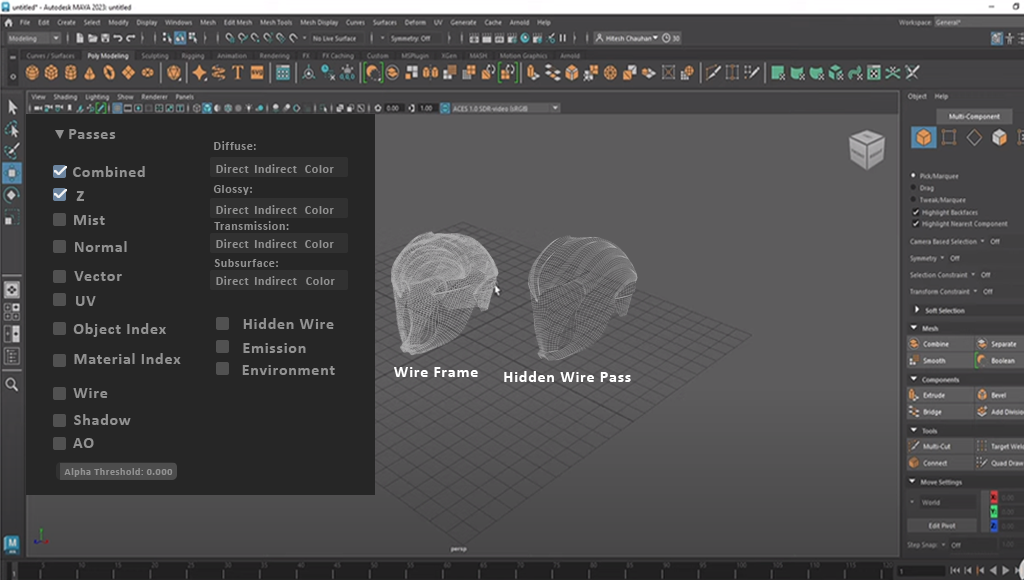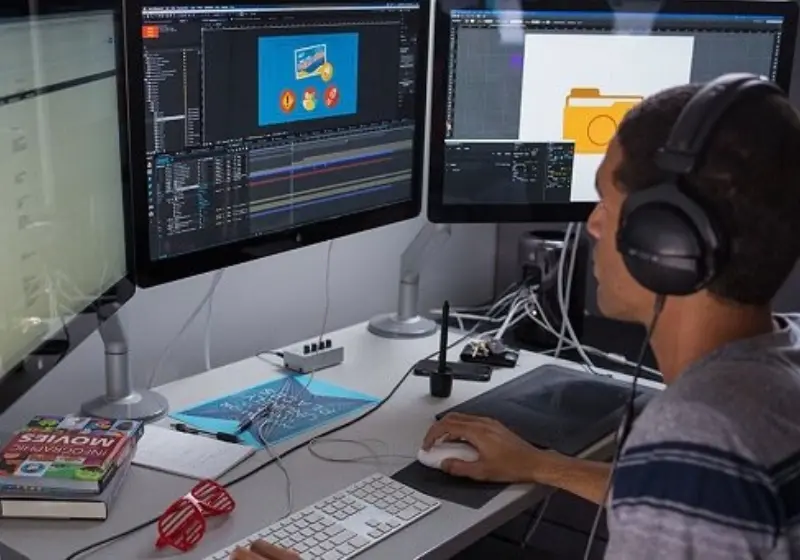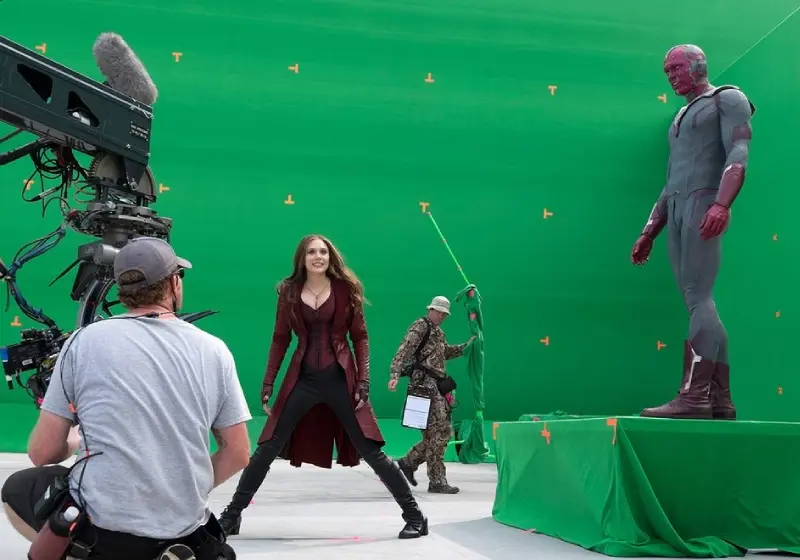What is real-time rendering?
Real-time rendering is a process within computer graphics that focuses on producing images & videos in real time. This contrasts with offline rendering, which is used to produce high-quality images that can take hours or even days to render. Real-time rendering is used in a variety of applications, animation film production, visual effects, video games, architectural visualization, and virtual reality.
How does real-time rendering work?
Real-time rendering works by using a variety of techniques to reduce the computational cost of rendering. These techniques include:
- Using an optimized 3D model: Instead of using a high-poly, detailed model, real-time rendering uses a simplified model that is easier to render.
- Using a limited number of lights: Real-time rendering typically uses a limited number of lights, which can reduce the computational cost of rendering shadows and reflections.
- Using a optimized shading model: Real-time rendering typically uses a simplified shading model, which can reduce the computational cost of calculating the color of each pixel.
Benefits of real-time rendering
There are several benefits to using real-time rendering, including:
- Interactivity: Real-time rendering allows users to interact with the rendered scene in real time. This is a key feature of video games and other interactive applications.
- Speed: Real-time rendering can produce images in real time, which is important for applications that require users to see the results of their actions immediately.
- Cost: Real-time rendering can be implemented on relatively low-cost hardware, which makes it accessible to a wider range of users.
Software’s used in real time rendering
There are several different 3D real-time rendering software packages available, each with its own strengths and weaknesses. Maya, Blender, Unreal, and Unity are four of the most popular options.
Maya is a professional 3D animation and modeling software package that is used by many of the biggest names in the film and gaming industries. It is known for its powerful features and its ability to create high-quality renders.
Blender is a free and open-source 3D creation suite that is becoming increasingly popular due to its powerful features and its low cost. Blender is a good choice for hobbyists and independent artists who are looking for a powerful and affordable 3D real-time rendering solution.
Unreal Engine is a game engine that is also capable of real-time rendering. Unreal is known for its high-quality graphics and its ability to create immersive and interactive experiences. Unreal is a good choice for developers who are looking to create games or other interactive applications that require high-quality visuals.
Unity is another game engine that is capable of real-time rendering. Unity is known for its ease of use and its cross-platform support. Unity is a good choice for developers who are looking to create games or other interactive applications that need to run on a variety of platforms.
Challenges of real-time rendering
There are several challenges associated with real-time rendering, including:
- Accuracy: Real-time rendering typically sacrifices accuracy for speed. This can be a problem for applications that require high-quality images, such as architectural visualization and virtual reality.
- Complexity: Real-time rendering can be complex to implement. This is because it requires a deep understanding of computer graphics and a good understanding of the specific application.
- Hardware requirements: Real-time rendering can require powerful hardware. This can be a barrier for users who do not have access to high-end hardware.
Future of real-time rendering
The future of real-time rendering is bright. As hardware options continues to improve, real-time rendering will become more accurate and faster. This will make it possible to use real-time rendering in a wider range of applications. In addition, new techniques are being developed that will allow real-time rendering to achieve even greater levels of realism. For example, new techniques for simulating global illumination and subsurface scattering are being developed. These techniques will allow real-time rendering to produce images that are indistinguishable from reality. As real-time rendering becomes more powerful, it will have a profound impact on a wide range of industries. For example, real-time rendering will be used to create more realistic and immersive video games. It will also be used to create more realistic and interactive architectural visualizations. And it will be used to create more realistic and immersive virtual reality experiences. Overall, the future of real-time rendering is very promising. As hardware continues to improve and new techniques are developed, real-time rendering will become more accurate, faster, and more widely used.
So, what are you waiting for, find more information about us here Toonz Academy and register with Toonz Academy today!




